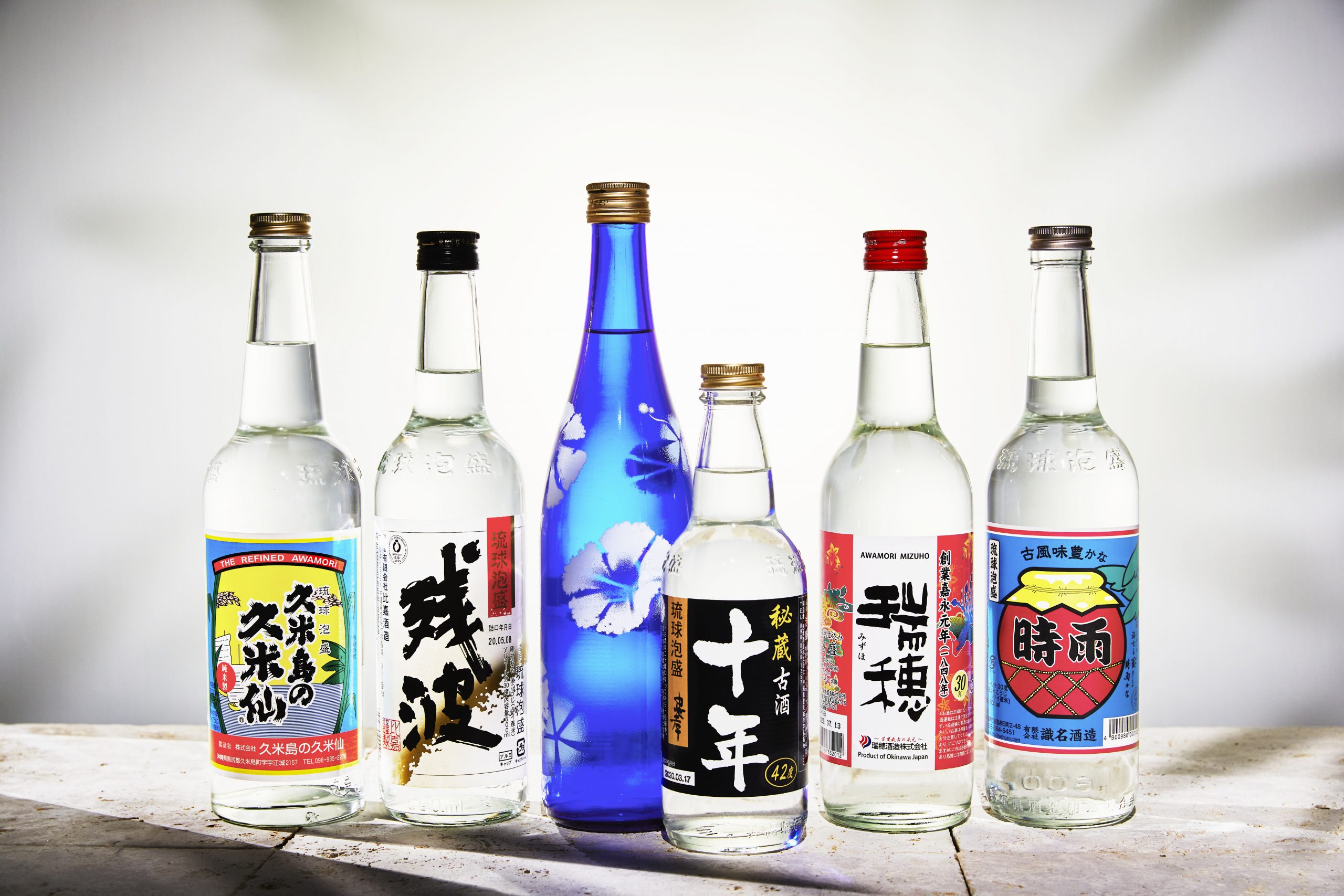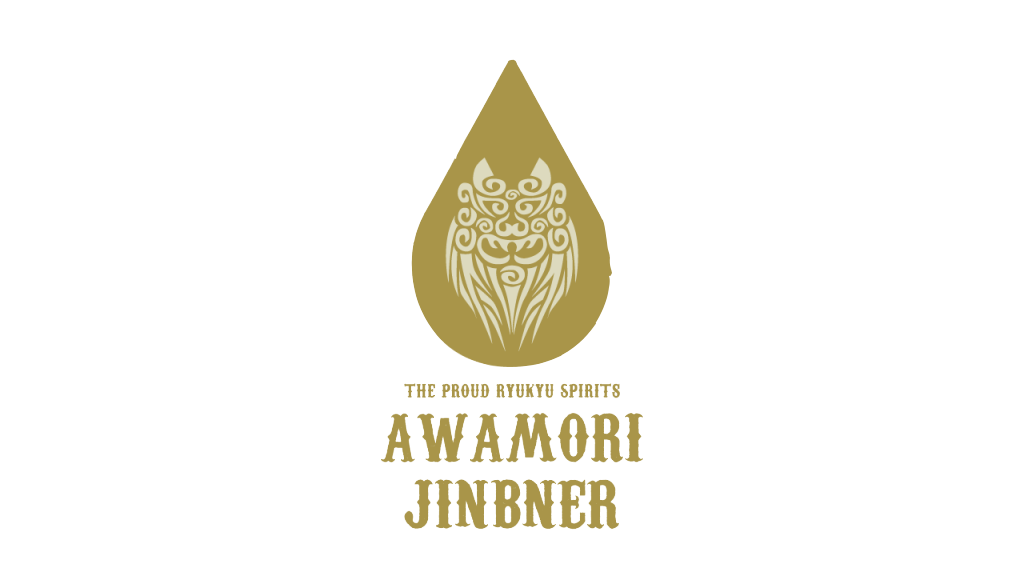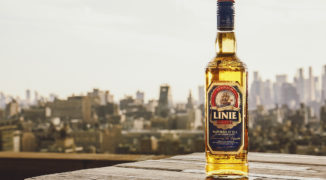I love learning and teaching about beverages because they offer an entry to countless other potentially interesting topics. Depending on what you’re into–whether it’s science, history, archeology, geography, chemistry, botany, linguistics, color theory, you name it!–beverages can lead you down that path, or (even better) open up a totally new direction of investigation.
Even with a long career in hospitality, I still revel in finding new-to-me things to taste and to learn about. I am doubly excited by finding a whole category of newness, like opening a door in a long-occupied house and finding a room that you didn’t even know existed! Just a few years ago I was unaware of Awamori. I have since tried to learn all that I can about the spirit category, and have been super lucky to have found thoroughly knowledgeable people that have been generous with their time and expertise. Three years in, I am thrilled to report that I still feel like I have just scratched the surface of this unique and fascinating spirit category . I hope to share enough with you to pique your interest and get you started down one of the seemingly endless rabbit holes to which Awamori–like so many beverages–can lead.
I think Awamori is a fascinating, unique spirit category and I suspect that perhaps–if you’re anything like me–not one that you know a lot about. Who knows: it could just be the subject of your next obsession.
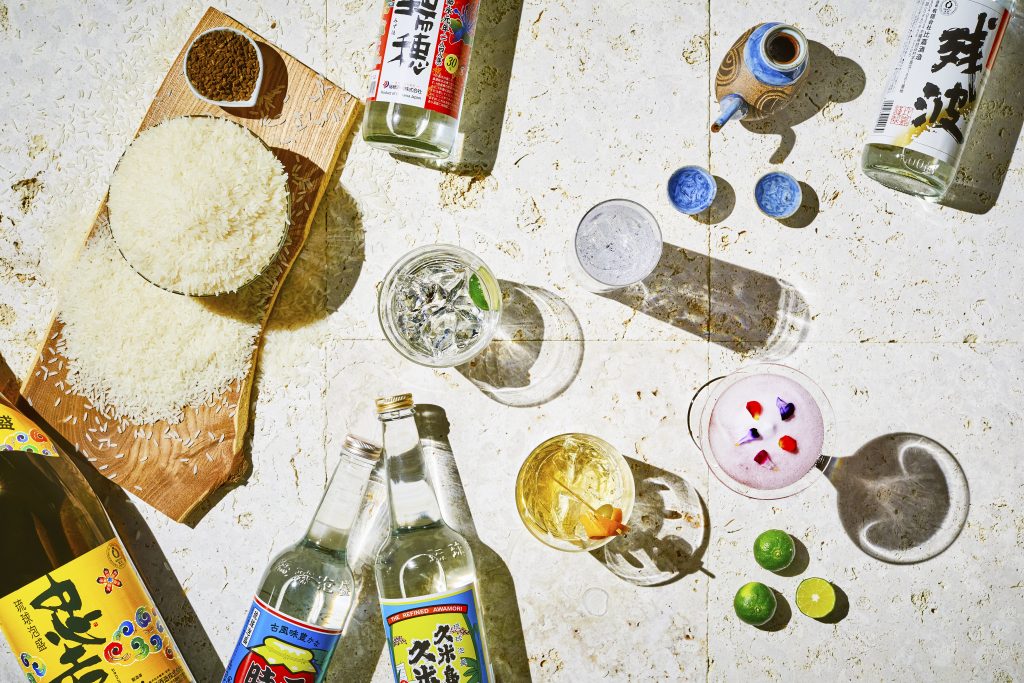
What Is Awamori?
Awamori is a protected term that only can refer to a batch-distilled spirit from Okinawa made from koji-treated rice.
What Is a Protected Term?
Many food and beverage products (like Scotch or Tequila) are associated intrinsically with specific places and sometimes protected by legal designations and international agreements generally referred to as geographic indications (GIs). These GIs often dictate specific requirements for location, raw materials used, and production techniques, among other factors that could potentially distinguish these products as uniquely of a certain place. Awamori is protected by its own GI.
Where Is Okinawa?
It is a group of 160 islands that are 1,000 miles (1,500 km) southwest of Tokyo. All Awamori is made in Okinawa.
What Is Batch Distillation?
Making something as a ‘batch’ means that there is a limited amount of product distilled at a time, and that this distillation has a beginning, a middle, and an end. Batch distillation can be completed in a way that retains a lot of compounds that can do wonders for the aroma, flavor, and texture of spirits. These compounds are frequently referred to as congeners. Batch distilled spirits are often distilled twice; the second time further concentrating the spirit and allowing a producer to select desired compounds while removing others. All Awamori is batch distilled, and almost all of it is distilled only once.
What Is Koji?
Koji is a mold that is used in the production of many flavorful foods and drinks, including miso, soy sauce, and sake. Koji spores are often transferred onto starchy materials such as rice, barley, and soy, where they can create amazing aromas, flavors, and textures. Under certain conditions, koji can convert unfermentable compounds such as carbohydrates, into fermentable compounds such as sugar, thus fulfilling a similar role to malting in the spirit making process. All Awamori is made only with black koji, known as Aspergillus luchuensis.
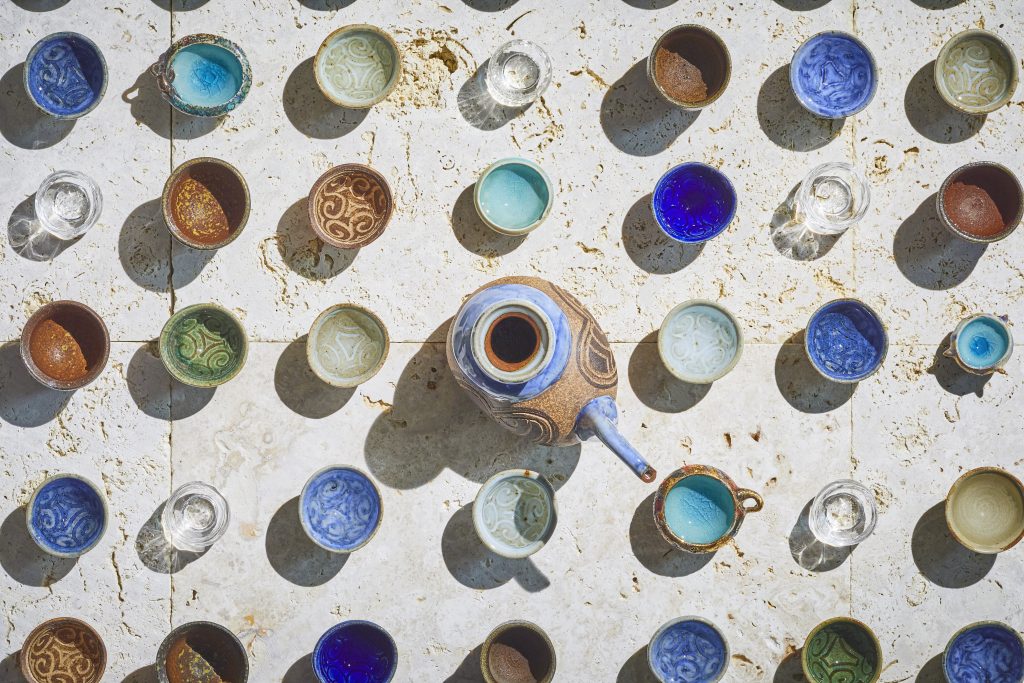
What rice is used to make Awamori?
You may not realize just how many different types of rice there are, how many ways it can be processed, and how complex the chemical composition of a single grain of rice is. If you are familiar with the practice of polishing rice employed in sake production, you’ll know that by removing the outer layers of rice you decrease the presence of many flavor compounds while concentrating others. Awamori uses long grain rice (think Thai jasmine vs. Japanese sushi rice), with very little to no polishing: this yields high concentrations of many of the flavor molecules that polishing intends to minimize. For instance, the outer layers of a grain of rice have the highest concentrations of ferulic acid, which when rested, esterifies into vanillin, a flavor many spirit consumers connote with barrel aged spirits. Almost all Awamori is made from long grain indica rice.
A Brief History of Awamori
Awamori, like so many of the world’s wines, foods, and spirits, inherently possesses a sense of place and context (see Protected Term above). Okinawa is a fascinating location with a rich history, operating as a trading hub brimming with cultural knowledge and informational exchange. Records indicate that people in Okinawa have been using koji to make fermented beverages for well over 1000 years, and have been distilling in Okinawa for over 500 years!
Awamori and Maturation
Awamori is rested, sometimes for a very long time, before being enjoyed. The congeners present can do amazing things when allowed to rest; many producers, and Okinawan consumers, mature Awamori for decades. When making long-aged Awamori–called kusu–producers tend to favor clay vessels, often utilizing a process of refilling older containers called shitsugi (very similar to the solera process in the production of Sherry, another protected term).

Awamori is Versatile
Awamori can be enjoyed in a wide variety of alcoholic strengths, each of which highlights different aromas and flavors. It’s not uncommon to see offerings from a single producer at multiple strengths–not dissimilar to the whisky market offering cask strength alongside proofed-down versions–or bars serving the same Awamori in multiple applications, including mixed with water, as a highball, in cocktails, and on the rocks. Regardless of the strength or application, one thing is for sure: Awamori is extremely food friendly, offering amazing pairing opportunities.
Awamori Distillers Exhibit a Spirit of Collaboration
There are over forty distillers of Awamori spread across the Okinawan archipelago, many of whom do not ship their spirits to the other islands of Japan, let alone internationally. As with so many groups of co-locating spirit producers, Awamori distillers treat each other more often as colleagues than competitors. Their collective efforts have seen the rise of a trade organization–the Awamori Distillers Association – which has been working to promote the spirit category abroad and to develop a new distillate called ‘sho,’ specifically designed as a spirit destined for cocktails, with offerings from twelve different distilleries.
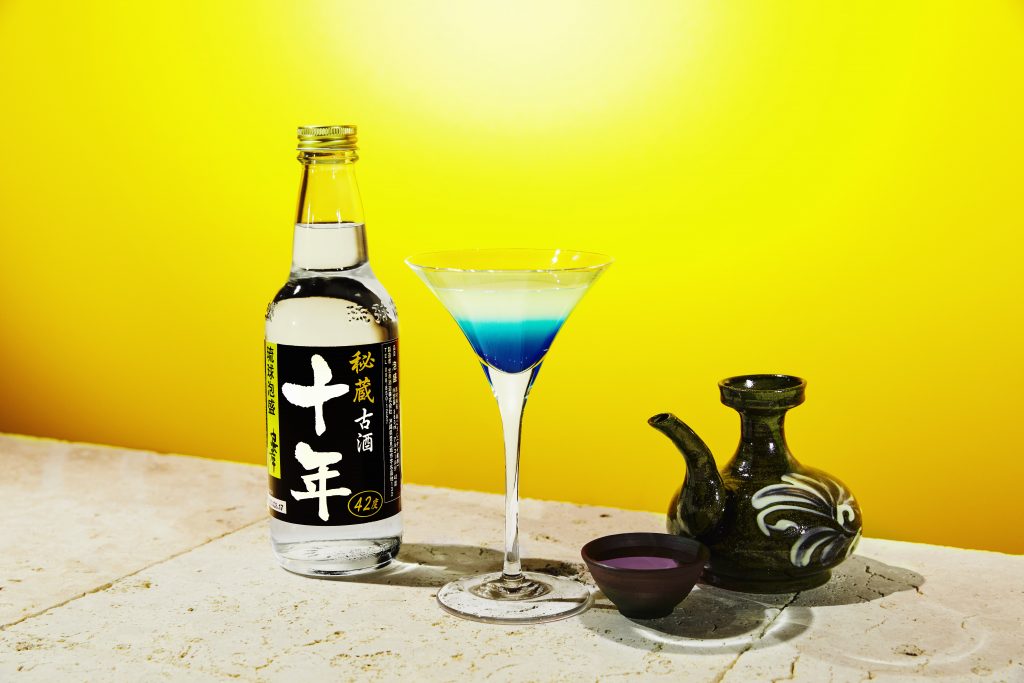
Awamori Has a Broad Range of Rich Flavors & Aromas
Suffice it to say that Awamori can be a very aromatic, flavorful, and texturally rich spirit as a result of the intersection of the compounds in rice, the koji conversion and fermentation processes, and a quite inefficient (said with love!) single distillation process. The spirit can express a range of aromas and flavors depending on variables such as distillation pressure, yeast strain, rice handling, bottling strength, maturation time, and the specific maturation vessel used. Tasting notes include notes as broad as jasmine, mushroom, vanilla, ground cherry, maple syrup, and even “goaty.”
I hope this introduction has piqued your interest in this obscure and intriguing spirit. So, what do you think? Don’t you want to try some Awamori?



